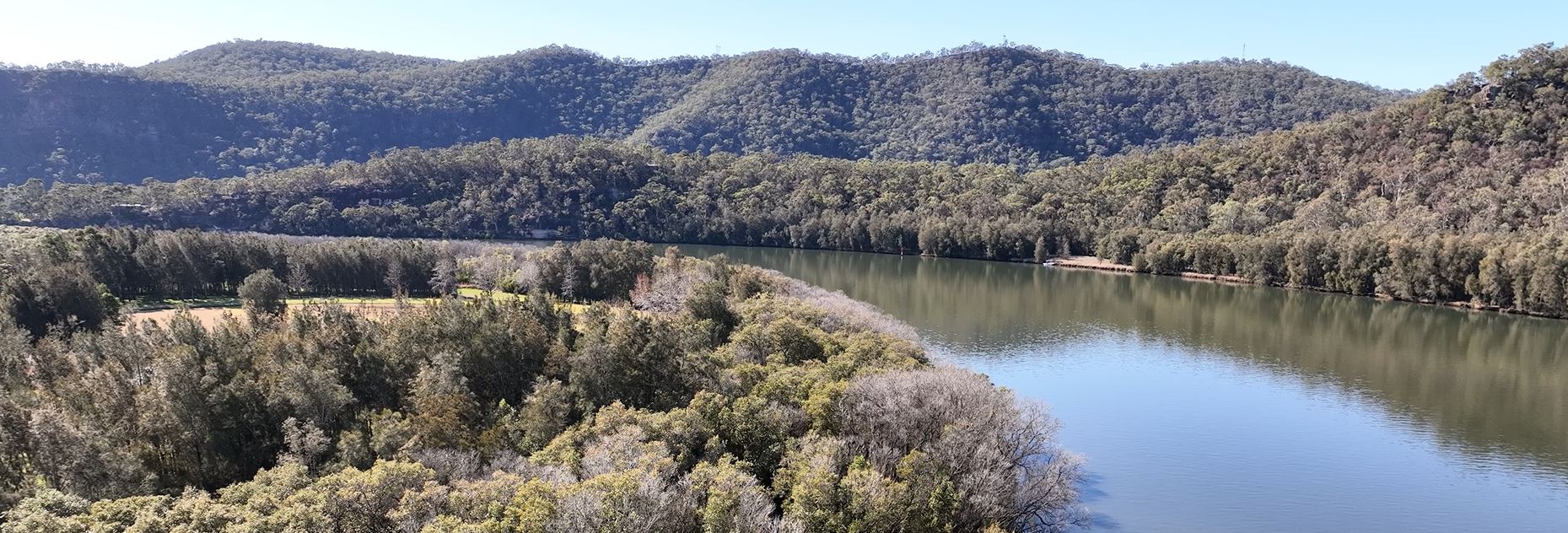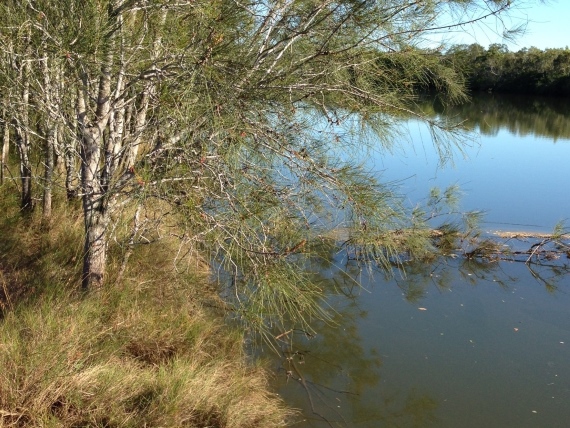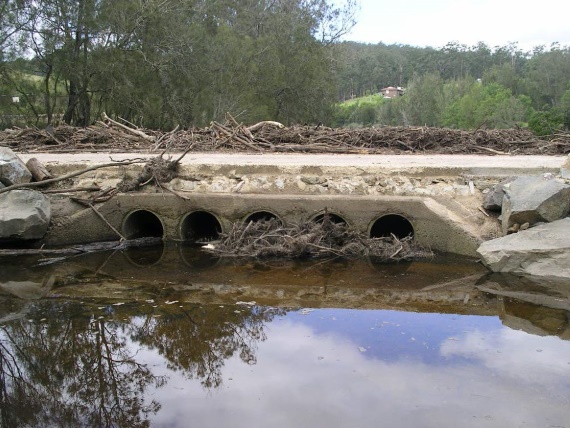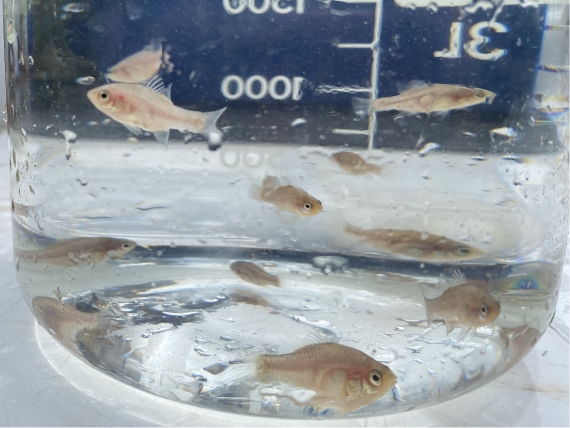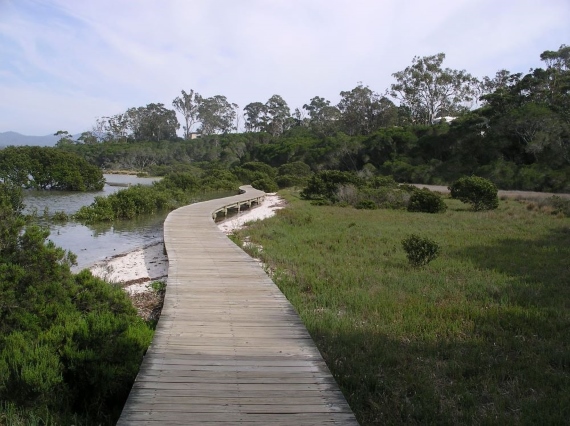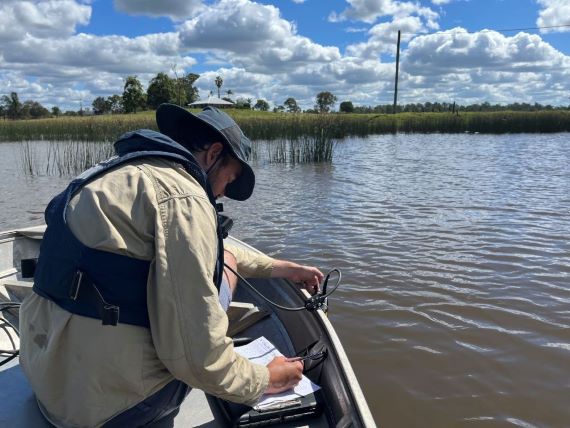Record-breaking flooding in February 2022 and onwards had a catastrophic impact on the environment and communities across parts of NSW. There was extensive damage to infrastructure and the natural environment.
As part of a two-year, National Emergency Management Authority approved $64 million Riparian Stabilisation Package, co-funded by the Australian and NSW Governments under Disaster Recovery Funding Arrangements, the NSW Estuary Asset Protection program will support the repair, restoration and regeneration of priority riparian and estuarine areas significantly affected by the February 2022 flooding.
NSW estuaries and their coastal floodplains have been severely damaged by major floods. Already degraded areas generally have the least resilience to recover from these impacts.
The aims of the NSW Estuary Asset Protection program are to:
- Assess the severity of flood impacts on estuarine and floodplain assets
- Identify priority areas for asset protection and increased resilience
- Implement actions that will provide increased resilience for estuarine and floodplain assets from flooding events.
While disaster declarations under AGRN 1012 were made for most NSW coastal LGAs, nine priority catchments were identified as hardest hit by the February 2022 weather event. These include the Tweed, Wilsons, Richmond, Clarence, Nambucca, Macleay, Hastings, Manning and Hawkesbury River catchments which are a priority for the NSW Estuary Asset Protection program.
Background
Healthy estuaries, coastal floodplains and their diverse range of natural habitats provide a wide range of social, cultural, environmental and economic benefits. The natural habitats in many NSW estuaries have been severely damaged by the recent severe flooding events and its resilience to future events reduced.
Aquatic species reliant on these habitats are threatened by physical damage and months of poor water quality caused by very high sediment loads in the waterways. This can threaten seagrass, mangroves, kelp beds, oyster reefs, rock platforms and the sediments and wildlife of estuaries and beaches. In a healthy condition, natural systems are resilient and can generally recover from minor to major flood events. However, the degraded state of some estuarine and floodplain systems, and the scale of the 2022 flooding, necessitates intervention at priority locations to protect the wide range of benefits these environmental assets provide the people of NSW.
The NSW Estuary Asset Protection Program is a targeted and evidence-based flood response to protect and recover the natural estuarine assets and the benefits they provide the people of NSW and increase the resilience of natural systems to future flood events. The program includes a mix of targeted actions in priority locations that will reinstate or protect natural infrastructure, protect Aboriginal cultural assets, and address built infrastructure threatening ecosystem health during flood events to protect NSW estuarine and floodplain environmental assets now and improve their resilience for the future.
DPIRD Fisheries Program
The Department of Primary Industries and Regional Development Fisheries and Forestry (DPIRD Fisheries) have developed an action plan to protect estuarine and coastal floodplain assets. It includes a mix of works and activities that support the recovery of estuarine ecosystems and reinstate their resilience to future disasters. The program has been developed considering the 2022 NSW Flood Inquiry findings and how it may contribute to other State Government priorities.
The program delivers across six action areas:
| NEAP Program Lead | Kylie Russell | kylie.russell@dpi.nsw.gov.au | 0417 498 623 |
|---|---|---|---|
| 1. Cultural heritage protection | Ian Kerr | ian.kerr@dpi.nsw.gov.au | 0448 409 291 |
| 2. Riverbank resilience | Jillian Reynolds | jillian.reynolds@dpi.nsw.gov.au | 0429 918 575 |
| 3. Instream obstructions | Scott Nichols | scott.nichols@dpi.nsw.gov.au | 0429 300 489 |
| 4a. Key habitat and 4b. threatened species resilience | Max Osborne Erin Lake | max.osborne@dpi.nsw.gov.au fisheries.threatenedspecies@dpird.nsw.gov.au | 0428 153 686 0432 921 815 |
| 5. Council managed estuarine infrastructure | Jillian Reynolds | jillian.reynolds@dpi.nsw.gov.au | 0429 918 575 |
| 6. Monitoring and research | Victoria Cole | victoria.cole@dpi.nsw.gov.au | 0437 152 416 |
